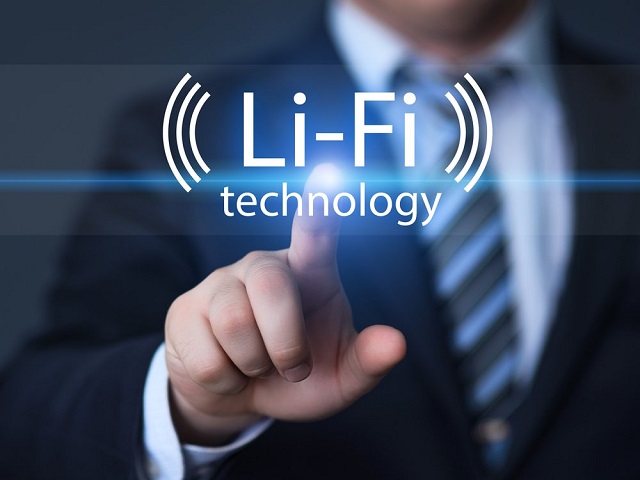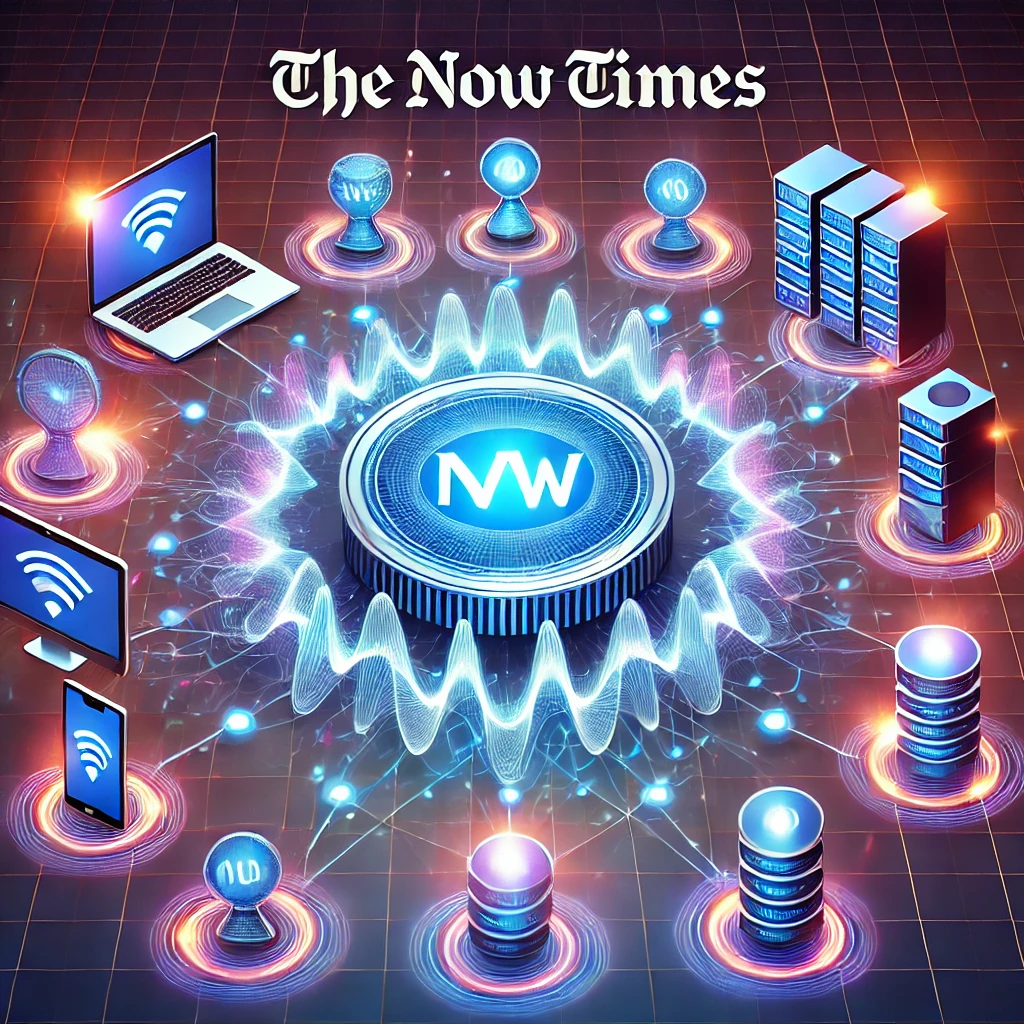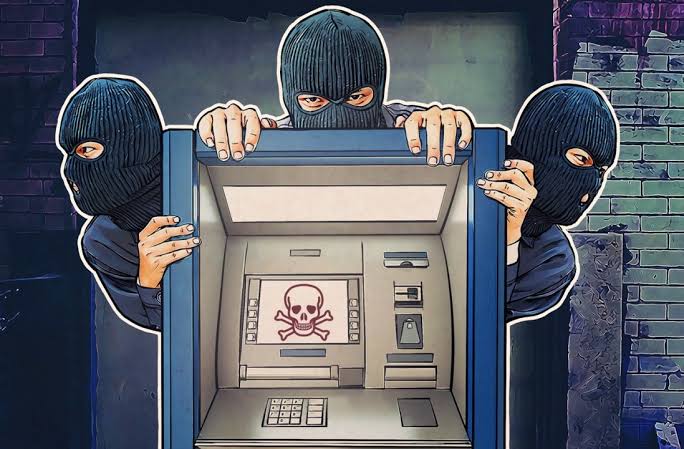Li-Fi Technology: The Future of Wireless Communication
Li-Fi is a wireless communication technology that uses visible light, infrared, and ultraviolet light to transmit data. The technology was first

Introduction
As the demand for faster, more reliable wireless communication continues to grow, a revolutionary technology called Li-Fi (Light Fidelity) is making headlines. Unlike traditional Wi-Fi, which uses radio waves, Li-Fi leverages light to transmit data, offering incredible speeds and unique benefits. This article explores the basics of Li-Fi, its advantages, challenges, and potential applications.
What is Li-Fi Technology?
Li-Fi is a wireless communication technology that uses visible light, infrared, and ultraviolet light to transmit data. The technology was first introduced by Professor Harald Haas at the University of Edinburgh in 2011.
Li-Fi operates through LED (Light Emitting Diode) bulbs that can modulate light at very high speeds, imperceptible to the human eye. The light signals are then received by a photodetector, which converts them back into electronic data.
How Does Li-Fi Work?
1. LED Light Source: Data is embedded into light by modulating the intensity of the LED light source at extremely high speeds.
2. Photodetector Receiver: A photodetector captures the light signals and converts them into electrical signals.
3. Processing: The electrical signals are then processed into digital data that devices can understand.
This process allows Li-Fi to transmit data wirelessly using light, making it an innovative alternative to traditional wireless communication methods.
Advantages of Li-Fi
1. Incredible Speed:
Li-Fi can achieve speeds of up to 100 Gbps, significantly faster than traditional Wi-Fi.
High speeds enable real-time data transfer for applications like video streaming, gaming, and more.
2. High Security:
Since light cannot penetrate walls, Li-Fi signals are confined to a specific area, reducing the risk of unauthorized access.
3. No Radio Frequency Interference:
Li-Fi does not interfere with radio frequency (RF) signals, making it ideal for environments like hospitals, airplanes, and underwater communication.
4. Energy Efficiency:
LEDs used for Li-Fi also serve as lighting sources, reducing the need for additional energy consumption.
5. Increased Bandwidth:
The visible light spectrum is much broader than the radio frequency spectrum, allowing for higher data transmission rates.
Challenges of Li-Fi
1. Limited Range:
Li-Fi signals are confined to areas where the light is visible, making it unsuitable for large-scale outdoor use.
2. Line of Sight Requirement:
Devices must have a clear line of sight to the light source, as obstacles can block the signal.
3. Dependence on Lighting:
Li-Fi requires light to function, so it cannot work in complete darkness.
4. Cost of Implementation:
Setting up Li-Fi infrastructure can be expensive, especially for large organizations.
Applications of Li-Fi
1. Healthcare:
Hospitals can use Li-Fi for secure communication without interfering with sensitive medical equipment.
2. Underwater Communication:
Traditional RF signals are ineffective underwater, but Li-Fi can enable high-speed data transfer in marine environments.
3. Smart Homes:
Li-Fi can connect multiple devices in a smart home ecosystem, offering faster and more secure communication.
4. Education and Libraries:
Li-Fi can provide high-speed internet access in classrooms and libraries, enhancing the learning experience.
5. Aviation:
Li-Fi can be used for in-flight entertainment systems without interfering with aircraft communication systems.
The Future of Li-Fi
Li-Fi is still in its early stages of adoption, but ongoing research and development are addressing its current limitations. As technology advances, Li-Fi has the potential to revolutionize wireless communication by offering unparalleled speed, security, and efficiency.
With the integration of Li-Fi into smart cities, healthcare systems, and industries, the future of connectivity is undoubtedly bright—literally.
Conclusion
Li-Fi technology represents a transformative leap in wireless communication. While it may not replace Wi-Fi entirely, it will complement existing technologies and find unique applications where radio frequencies fall short. As the demand for faster and more secure data transmission grows, Li-Fi is poised to play a significant role in the tech-driven world of tomorrow.
Leave a Comment
Releted Articles

WebSocket APIs: Real-Time Communication for Modern Applications
The WebSocket API is a powerful tool for enabling two-way, real-time communication between a client and a server.






0 comments
There is no any command yet!